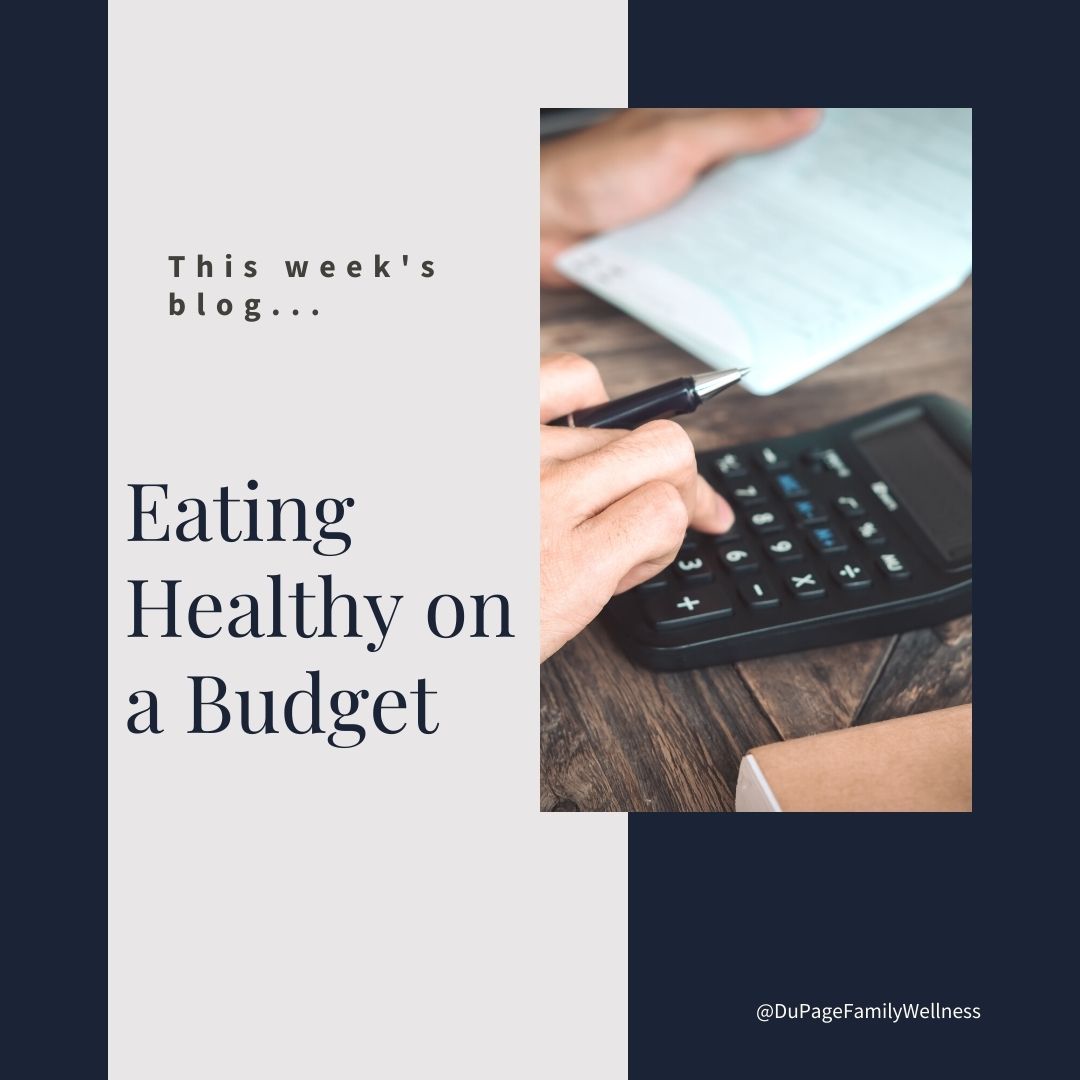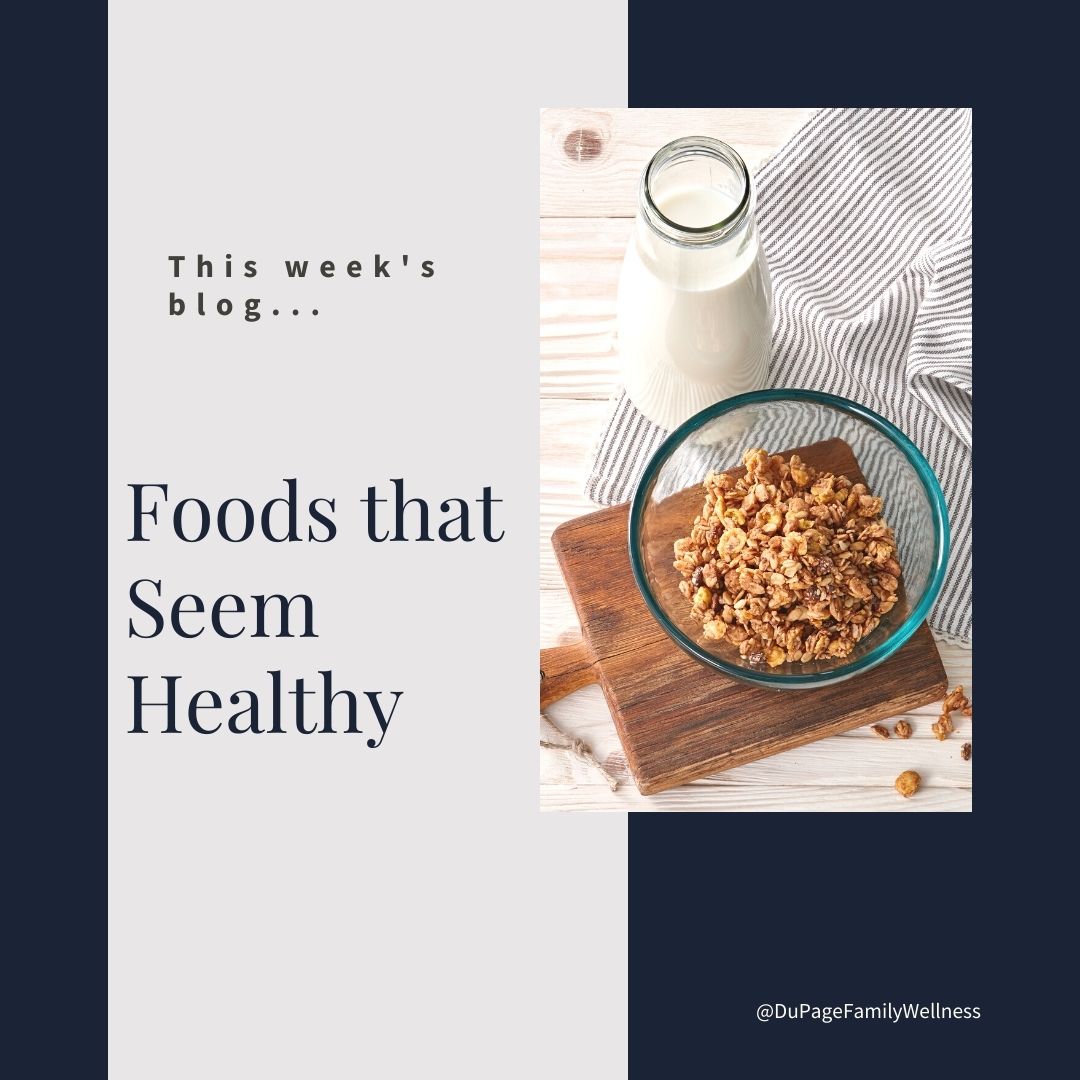 We all want to live a fulfilling life, but the first step is finding out what drives you! Once we know what makes us come alive, we can truly start pursuing our dreams.
We all want to live a fulfilling life, but the first step is finding out what drives you! Once we know what makes us come alive, we can truly start pursuing our dreams.
I am honored to share the story of discovering my passion in Overcoming Mediocrity, a book that came out earlier this year. Overcoming Mediocrity is a collection of stories from influential women who have overcome great odds to create their own lives of significance.
The book is designed to inspire you to find what brings you life and help you step into a life driven by your passion. Sometimes the road to living a fulfilling life is straightforward, but more often than not it is filled with bumps and turns along the way.
My story begins as a child when my family struggled with insulin issues. The series of events that followed eventually led me to find my passion in life.
Here is a little excerpt from my story…
“Growing up my grandpa was one of my favorite people. He was quite the jokester and was always trying to pull a fast one on me. My family went to his house on weekends, and he always made me feel like the most special girl in the world (other than my sister who I’d like to think was a close second).
One evening, as we were preparing dinner my grandfather started acting funny. He was pale and seemed shaky. His words were slurred and didn’t seem to make sense. I didn’t know why my grandpa, who was always so strong, was acting so strange. It was scary!
My grandma ran over to the refrigerator, grabbed the orange juice, and poured him a cup. A few minutes later, grandpa was back to his normal self.
“What happened?” I asked. I knew my grandpa was a type one diabetic, but I had never known what that meant.”
From here the universe led me to discover my passion. I hope you’ll enjoy reading the rest of my story, but even more than that, I hope you’ll let our stories inspire you to find your passion and live your best life!
Dr. Jamie
P.S. If you are interested in getting your own copy of Overcoming Mediocrity send me a quick message asking me to set one aside for you. We can schedule a time for you to pick it up in the office.
 You may want to change your diet, but don’t feel like you can afford it. The cost of everything has gone up; isn’t healthy food even more expensive? Well, not necessarily.
You may want to change your diet, but don’t feel like you can afford it. The cost of everything has gone up; isn’t healthy food even more expensive? Well, not necessarily.
If you have the motivation to start a healthier lifestyle by eating nutrient-dense foods, you may be surprised to find out that it can be affordable. It may take a bit of extra work, but you do have options.
Here are some tips to get you started eating healthy while keeping your grocery bill within your means.
Focus on the Basics
Shop for ingredients that can be used for many types of dishes.
You don’t need all the fancy spices. Salt, fresh garlic, and onion powder are a good start to flavoring your food. If you enjoy ethnic foods, you can get seasoning appropriate for those dishes, but stay away from the expensive spices you’ll only use for one dish.
You will also need some healthy fats. Olive oil, coconut oil, and butter can be used in most dishes. Choose your favorite and use them in everything you make. (Note: Olive oil is intended to be used at low temperatures and is not intended to be used in cooking.)
Next, get some fruits and vegetables. Frozen vegetables are just as nutritious as fresh and can be used in many different dishes. Since they have a long shelf life there will be little food waste. Buying fruit in season and looking on the clearance rack will also keep the cost down.
You could stop there, but if you tolerate starches white potatoes, sweet potatoes, and other root vegetables are inexpensive options.
Buy in Bulk
Buying in bulk can help to keep the cost down. If you are able to invest in a quarter, half, or whole animal directly from a local farmer you can often save a lot of money.
While this is cheaper than buying quality meat in the store, it does take money upfront which can be a concern for many. If this is an issue for you, ask your family or friends to go in on it with you.
Dividing the meat with others requires less money upfront. It will also make it easier to store the meat in your freezer and lower food waste.
Choose Your Battles
It may not be possible for you to buy organic, grass-fed, free-range, local food. So, pick the most important things to focus on.
Some produce is important to buy organic, if possible, while it’s not as important for other varieties. Check out the Environmental Working Group’s Dirty Dozen and Clean Fifteen lists to see where to focus.
Animal products are the same way. You don’t have to feel bad for buying non-grass-fed, non-organic lamb, eggs, and some cheeses. Even canned fish (salmon, skipjack tuna, sardines, and herring) are nutrient-dense foods that aren’t that expensive.
Get the highest quality you can afford, but it’s better to eat non-organic meat and eggs than processed foods. It’s better to eat a conventionally grown kiwi than it is to grab a bag of chips.
If you want to eat healthier, you don’t have to be perfect! Do want you can and know that you are doing your best. I’d love to hear what changes you are making and if you have any tips for saving money along the way.
Dr. Jamie
 What if I told you that the foundation to being fit and strong was so easy a baby could do it? It would be hard to believe, but it's true. And babies everywhere are doing it!
What if I told you that the foundation to being fit and strong was so easy a baby could do it? It would be hard to believe, but it's true. And babies everywhere are doing it!
There are no baby exercise classes. Most babies learn how to move on their own. They tend to progress through movement the same way. They lift their head, rollover, crawl, and eventually start toddling around.
We typically don’t think about all that goes into their development, but it is amazing. If we look closely there is a lot we can learn from these little ones.
Let’s see what we can learn about movement through the amazing process these little ones go through as they develop their ability to move.
Functional Movement
Research has found that the way a baby moves is the most efficient way to move. But our modern world has taught us to move in ways that are unnatural. Many of us sit at our desks all day using a keyboard. We walk on treadmills instead of going for a walk.
But when we deviate from this type of movement we will not function at our best. It can lead to all sorts of pain in the body and restrict our movement. But there is a way to reestablish proper movement.
Functional Progression exercises are modeled after babies and how they move, organize movement patterns, and learn to stabilize. They allow us to reestablish movement patterns so that they become natural again.
Where to Begin - Diaphragmatic Breathing
Breathing properly is a foundational piece of movement, but most adults do not breathe in a natural way. In fact, a pilot study of 96 people in 2003 that assessed breathing mechanics found that only 25% of people breathe properly.
Using the wrong muscles to breathe can lead to a host of problems such as recurrent chronic fatigue, anxiety, panic attacks, as well as many musculoskeletal symptoms. But these things can be helped by learning to breathe like a baby again.
If you are trying to make changes in the way that you breathe, it will take some time. But you can do it if you try to focus on your breathing technique at least once an hour.
This video will show you what you should be doing to breathe properly. Remember, this is the foundation for all the other functional movement exercises, so don’t skip this important step.

The Dead Bug
While you are learning to breathe properly again, you can also begin to engage your core in a specialized way.
Take a moment to think about a baby laying on its back. Where are his legs? Where are her hands? They are in the air moving about. It’s not a complicated or rigid movement, but it does engage the core in an important way.
The functional movement exercise that teaches you this is called the “dead bug.” It mimics that type of movement a baby makes naturally.

I am passionate about leading you to greater health! If you are interested in learning more about Functional Progression or would like to work with me to learn these movements give us a call 630-448-0255 to set up an appointment.
Dr. Jamie
 In the summer you may have visions of lounging by the pool with a drink in hand. While that isn’t always an option, a beer or glass of wine at the end of the day certainly is.
In the summer you may have visions of lounging by the pool with a drink in hand. While that isn’t always an option, a beer or glass of wine at the end of the day certainly is.
There is nothing wrong with an occasional drink. It can be a nice way to wind down or have fun with your friends.
At the same time, it’s good to understand the effects it has on our bodies. Once we do, we can make wise decisions on what and how much we drink.
Let’s take a look specifically at how it affects women in regard to our hormones.
What Are Hormones?
Hormones are chemical messengers within the body that are secreted by glands in the endocrine system. These messengers tell the tissue and organs in the body what to do.
The proper balance of hormones is crucial for both physical and mental health. When something happens to make one hormone increase the other hormones are affected.
It's like a delicate dance with some hormones following another's lead.
Alcohol and Hormones?
Alcohol has a complicated relationship with the balance of hormones within the body. It increases some hormone levels, which inversely lowers other hormone levels.
Let’s take a look at some of the specific ways moderate alcohol impacts this system.
- Estrogen - Alcohol has been found to raise the level of estrogen in the body. One of the reasons is because both alcohol and estrogen are processed in the liver. When the liver is busy handling alcohol, it prevents the liver from detoxing estrogen as efficiently. This results in a buildup of estrogen in the system.
- Cortisol - Moderate alcohol increases this stress hormone while suppressing the amount of melatonin the body produces by up to 20%. While you may expect alcohol to relax you and give you a good night’s sleep, research says that the opposite actually happens.
- Thyroid Hormones - The rise in estrogen we spoke about earlier prevents the thyroid from releasing the normal amount of hormones. In addition, the increase in stress hormones will make your body less effective in converting T4 into T3.
- Progesterone - Estrogen and progesterone have an inverse relationship. When estrogen levels rise due to alcohol consumption, progesterone will decrease.
- Insulin - Alcohol may hinder the body’s ability to process sugar in some people and increase issues with insulin resistance.
Implications for Women
When we understand the impact that alcohol has one our system, we can use this knowledge to make decisions about our alcohol consumption.
Consider your body and season of life. If you are already dealing with Polycystic Ovary Syndrome (PCOS) or other hormonal issues, you may choose to be more cautious with your alcohol intake than someone who is not struggling with it.
Another group that may choose caution, are women trying to conceive. Since proper hormone balance is crucial for conception, women with fertility issues may wish to limit their alcohol consumption especially during the week leading up to ovulation.
Please know that I am not saying alcohol is bad! It is a personal decision, and you won’t find any judgment here. I just want to present this knowledge to you so you can make an informed decision surrounding your alcohol intake.
Dr. Jamie
 We’ve all heard it, eat fewer calories than you burn and you will lose weight. It sounds so reasonable, but is it really that straightforward? The short answer, is it’s NOT.
We’ve all heard it, eat fewer calories than you burn and you will lose weight. It sounds so reasonable, but is it really that straightforward? The short answer, is it’s NOT.
Trust me, I used to be a calorie counter too. I figured if I ate fewer calories than I burned, I’d lose weight! When it didn’t work, I was confused. My research led me to understand that it is much more complex than the calorie in calorie out myth.
Food is MUCH more than just a source of calories; it is information for our bodies! And our bodies are not simple scales, balancing calories in and calories out. Our bodies have many complex chemical systems that break down the food we eat and process each ingredient in a different way!
Armed with this information, I thought about the foods I used to buy because I thought they were healthy. Keep reading to find out what these foods are along with the reasons that I no longer buy them.
Food Marketing is Tricky
An important point to keep in mind is that food marketers are after their best interest, not yours. The truth is that their main concern is what helps their bottom line.
- Making the food as cheaply as possible.
- Making the food's shelf life as long as possible.
- Making the food addictive so we want to keep eating it and buying it.
Their goals are definitely different than mine. I don’t want the cheapest ingredients in my body. I actually want my food to go bad because if it will last on a shelf forever it must be full of chemicals to keep the bacteria away. And I certainly don’t want to be addicted to my food.
To make matters worse food companies throw in buzzwords like “gluten-free,” “low fat,” “heart healthy,'' and “all natural” to confuse us. This type of marketing makes us believe the foods are good for us even when they’re not.
Boca Burgers and Veggie Burgers
For years I believed that eating red meat was bad for me, so I turned to meat alternatives. The label showed that soy patties have less fat and less cholesterol than a beef burger, and I was sold.
But we don’t have to be afraid of fat! Research has found that cholesterol in the diet does not play a strong role in determining the body’s cholesterol levels. In fact, we need good healthy fats to survive.
We should, however, be cautious with any food product that has a long ingredient list, especially if it contains words you don’t recognize. A good rule of thumb is: "If you wouldn’t want to eat the ingredients plain, then why eat them all combined in a food-like product?”
A good grass-fed burger that comes from a healthy cow that was able to walk around and eat its natural diet while it was alive has only one ingredient: beef! It has important nutrients, and I’d choose that over meat alternatives any day!
Fruit flavored yogurt
I used to eat fruit-flavored yogurt every morning. I loved that it was only 80 calories. But now I look at it and see that it contains “natural and artificial flavors.” I mean, what does that even mean?
I don’t consume much dairy now, but when I do eat yogurt it will be PLAIN FULL FAT yogurt. The less processed the better.
When the milk came out of the cow it had fat in it. Wouldn’t you prefer to keep it that way? The fat is actually HELPFUL in keeping your blood sugar stable for longer periods of time without spiking. And if you want fruit-flavored yogurt, you can add your own real berries!
Read more ...
 We all want to live a fulfilling life, but the first step is finding out what drives you! Once we know what makes us come alive, we can truly start pursuing our dreams.
We all want to live a fulfilling life, but the first step is finding out what drives you! Once we know what makes us come alive, we can truly start pursuing our dreams. 

 You may want to change your diet, but don’t feel like you can afford it. The cost of everything has gone up; isn’t healthy food even more expensive? Well, not necessarily.
You may want to change your diet, but don’t feel like you can afford it. The cost of everything has gone up; isn’t healthy food even more expensive? Well, not necessarily. What if I told you that the foundation to being fit and strong was so easy a baby could do it? It would be hard to believe, but it's true. And babies everywhere are doing it!
What if I told you that the foundation to being fit and strong was so easy a baby could do it? It would be hard to believe, but it's true. And babies everywhere are doing it!  In the summer you may have visions of lounging by the pool with a drink in hand. While that isn’t always an option, a beer or glass of wine at the end of the day certainly is.
In the summer you may have visions of lounging by the pool with a drink in hand. While that isn’t always an option, a beer or glass of wine at the end of the day certainly is. We’ve all heard it, eat fewer calories than you burn and you will lose weight. It sounds so reasonable, but is it really that straightforward? The short answer, is it’s NOT.
We’ve all heard it, eat fewer calories than you burn and you will lose weight. It sounds so reasonable, but is it really that straightforward? The short answer, is it’s NOT. 